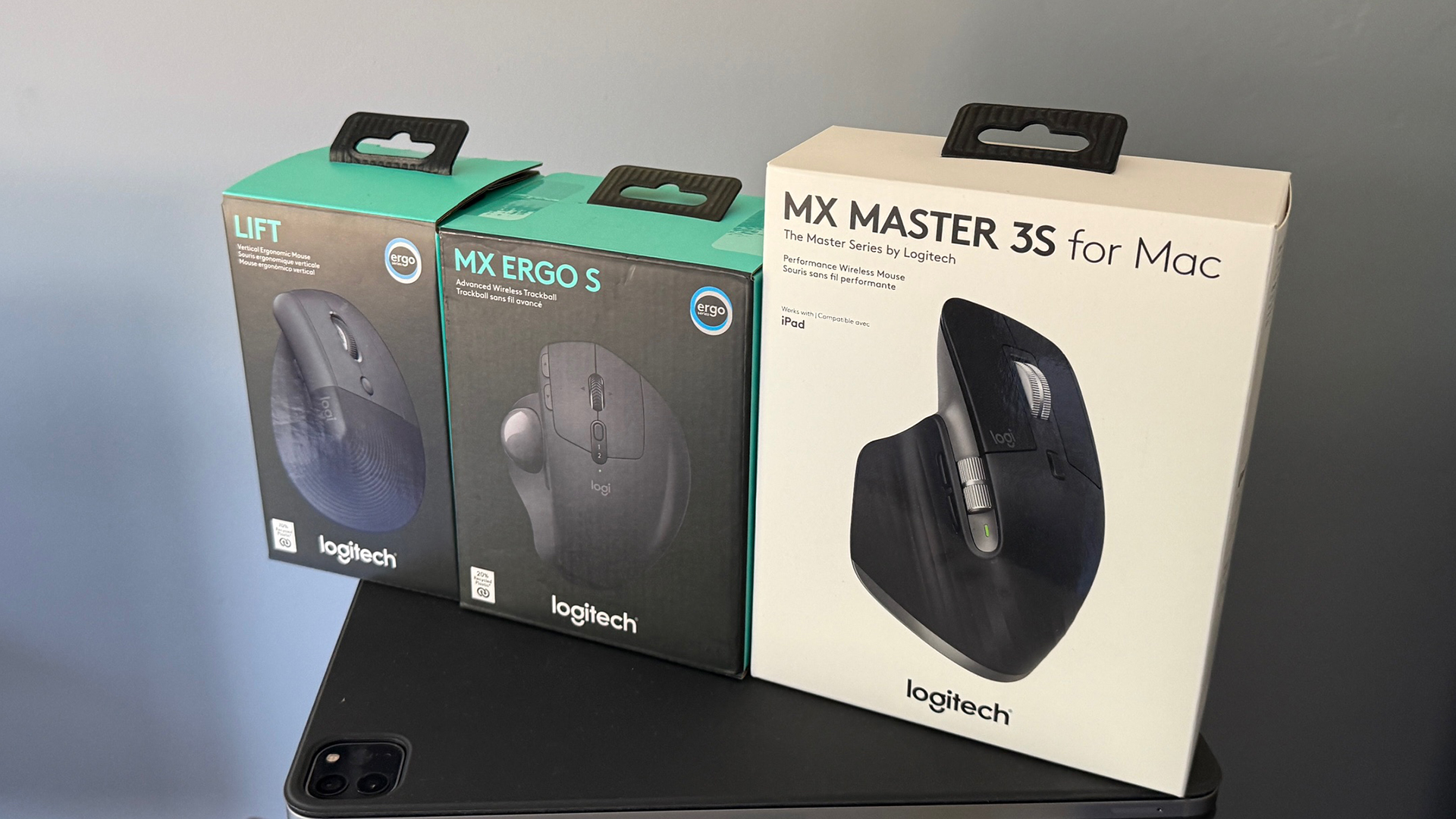Foundation: the VFX secrets of Apple's epic sci-fi series
Discover how Foundation was brought to the screen with the help of stunning visual effects.
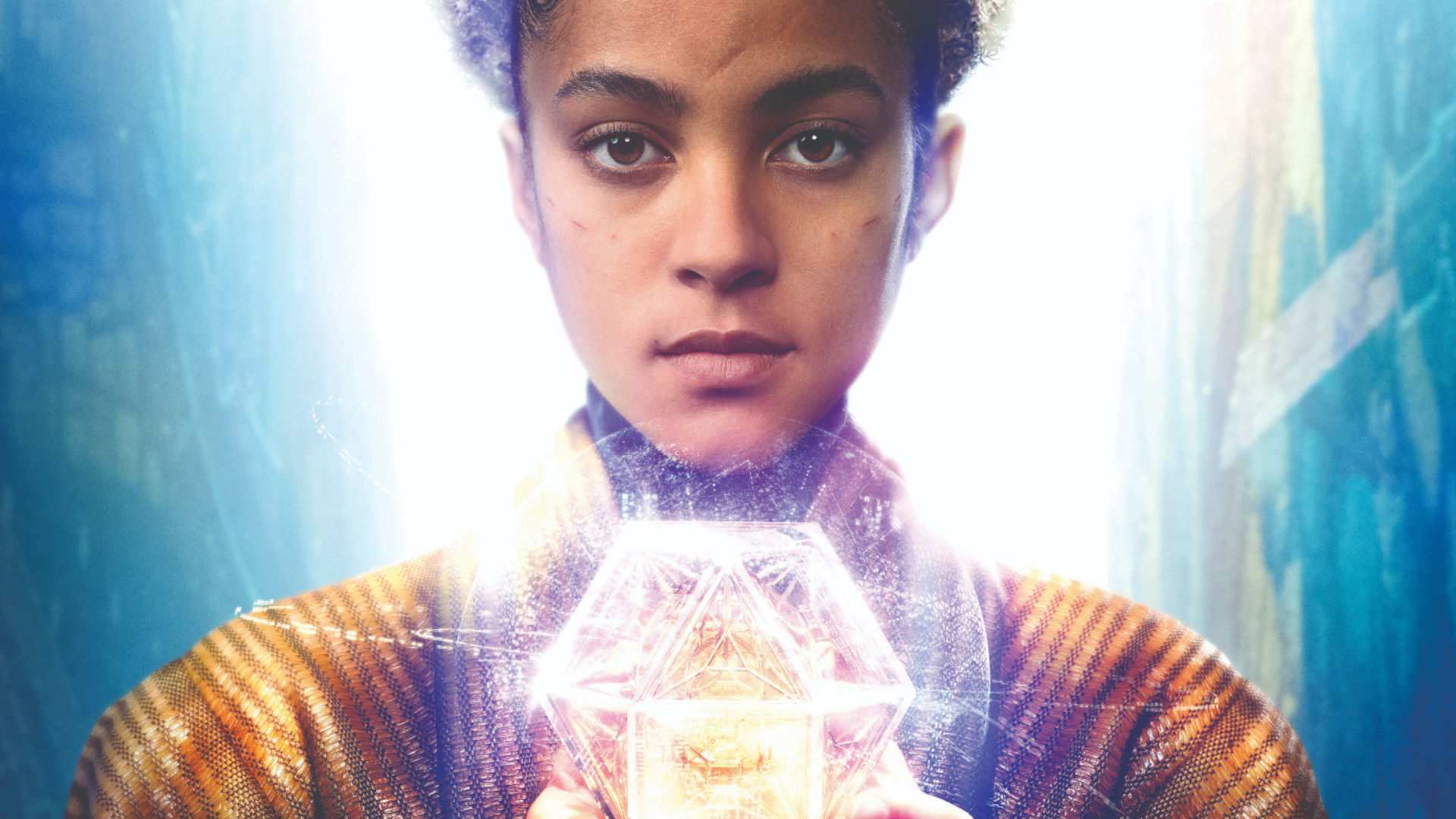
Foundation is Apple TV+'s adaption of the seminal sci-fi book series by Isaac Asimov. The premise is ambitious, to say the least, and tells the story of a mathematician who develops an algorithm that can forecast future events, putting him into direct conflict with a galactic empire when he predicts its demise. Asimov's epic literary vision has been adapted by co-creators David Goyer and Josh Friedman, Skydance Television and Apple.
For this behind the scenes look at Foundations visual effects, we spoke to Goyer and some of the talented VFX artists that worked on the show to find out how they built new worlds, visualised interstellar travel, rendered new technology and much more. When you're finished reading this feature, find out all about the design of Foundation in our interview with acclaimed concept artist Stephan Martinière. But for now, let's find out how cutting edge VFX helped make Foundation's more otherworldly elements a reality.
(This article may contain spoilers for the Foundation book series and TV show).
Laying the visual foundations

The main visual references for studio executives on Foundation were Star Wars, Star Trek and Alien. "We told them, 'It's not going to be like any of those things'," recalls Goyer, who serves as an executive producer, showrunner and writer. "But if you don't have anything to point to at the beginning it becomes daunting to develop the visual language. We kept coming back to 'What's something we haven't seen before? What's something that is iconic? What's a shape that feels simple?'"
Considering the vast scope of the production, which takes place on various planets over thousands of years and involves space travel, VFX were a critical part of the storytelling. "What I tried to do in the script is to at least emotionally describe the effect, because I always come from a place of story. The Empire is aggressive and male so I wanted their ships to be like knives, which meant that they weren't just folding space but ripping it."
Shooting the stars
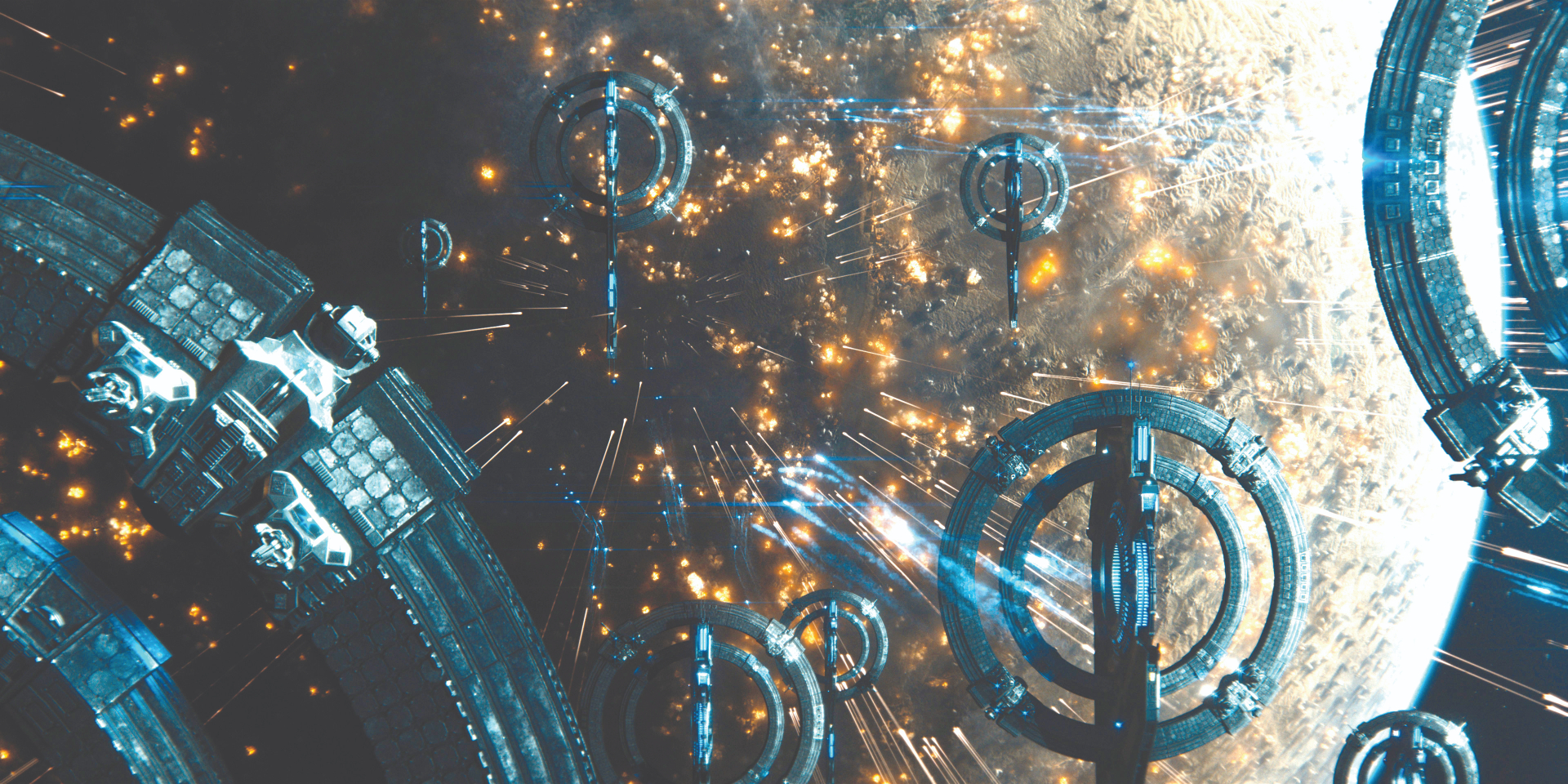
An additional 19 VFX vendors had to be brought in to support lead vendor DNEG, Important Looking Pirates and Outpost VFX as the VFX shots for the ten episodes of Season 1 went from 1,500 to 3,900. "I realised early on that we needed a second visual effects supervisor because there was such an overlap between physical production and post-production, and the different time zones," explains Kathy Chasen-Hay, senior VP VFX, Skydance. "Chris MacLean couldn't be available while he was supervising on set and was a large component on the creative side in physical production. Michael Enriquez came in and carried the post and burden of vendor communication. There were lots of Sophie's Choices made by David Goyer because you have to hit a number and fit it in the box."
However, even with the travel restrictions caused by the coronavirus pandemic, Goyer was not prepared to compromise principal photography taking place at Troy Studios in Ireland, Germany, Iceland, Malta, Fuerteventura and Tenerife. "I started by saying, 'We are going to shoot 20 per cent of the show on location.' But secretly my goal was to shoot 60 per cent which is what we ended up doing. I wanted each country to represent a different world and for the actors to feel cold."
Get the Creative Bloq Newsletter
Daily design news, reviews, how-tos and more, as picked by the editors.
"The visual effects had to be as naturalistic and photoreal as possible. I want the show to feel like a Terrence Malick movie and for the actors to experience as much as they can in reality. The amazing thing is when we started up again, we never shut down once because our protocols were so rigorous. We went back to nearly five months of location shooting and chartered planes to fly the crew because we didn't want to expose them to the airports."
Assembling the sets

Each set was designed in three dimensions under the direction of production designer Rory Cheyne. "We then had to reverse engineer those models to turn them into something which was buildable by guys in a workshop," states Conor Dennison, who was a supervising art director along with William Cheng and Adorjan Portik. "We set up Unreal Engine and a whole VR department within the art department. We would literally give David Goyer, the directors, producers and executives from Apple a set of VR goggles and say, 'Off you go. Walk around the set. See what you think.' It was fully lit and textured." Rhinoceros 3D became the design software of choice. "The learning curve was stiffer but what you could do with the models afterwards was phenomenal."
An 'Aircar' was physically constructed. "We got a dune buggy from Germany and brought it back to Limerick. We cut it down the middle, stretched the whole thing out for an extra 10 to 15 feet, put in a new roll cage, new hydraulics, and built an Aircar sitting on top of it. One driver was facing forward and the other facing backwards underneath looking at the actor overhead. When they were going to the left the pneumatics were set up in such a way that it would go to the right, so the actor would go the right way."
Otherworldly devices

The device known as the Prime Radiant displays the lifework of revolutionary mathematician Hari Seldon (Jared Harris). "What I kept saying to Chris and the team was, 'We know that Hari Seldon and Gaal Dornick [Lou Llobell] are the only people that can understand this math, but we're so far into the future I don't want to see Arabic numbers," remarks Goyer. "I also want it to be beautiful and spiritual. When Gaal and Hari look at the math it's almost like they are communicating with angels or God." The solution was found at the Toronto-based design house Tendril. "We went to Chris Bahry who in his spare time does quantum math," states Chris MacLean, production VFX supervisor. "He came up with something that I hope becomes the ultimate sci-fi MacGuffin."
Holograms in Foundation take the form of 'Sandograms'. "The majority of our holograms are meant to be solid particles that coalesce into whatever the hologram was," notes MacLean. "It worked extremely well with static objects and a 2.5D approach that Mike developed with DNEG." Michael Enriquez, production VFX supervisor, adds, "I liked the concept of it not emitting light and being a physical object in the scene. The technology is so advanced that you don't need an explanation for why it works."
Creating the mysterious artefact
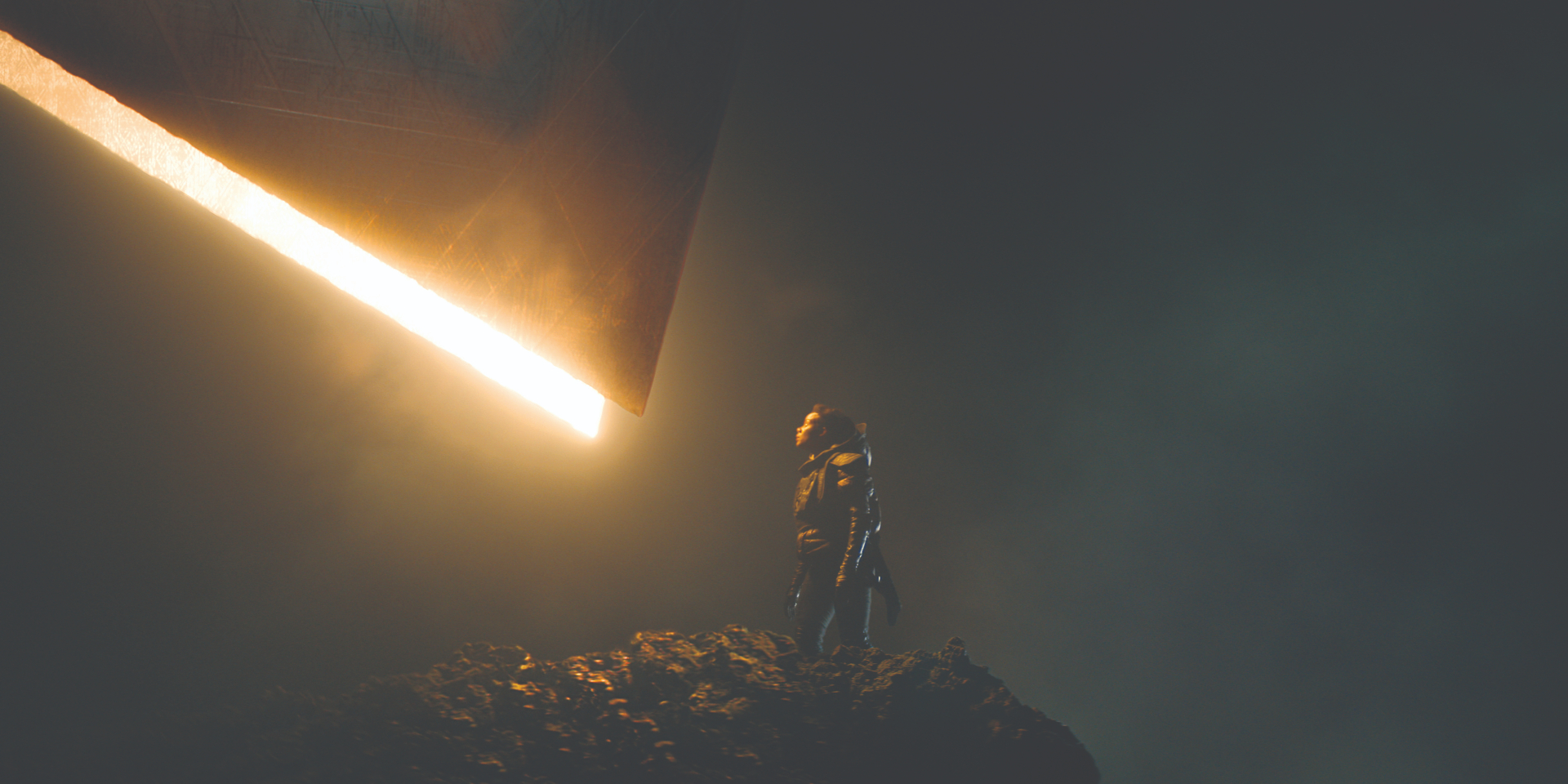
Prominent on the surface of the planet Terminus is a mysterious artefact that has a presence similar to that of the black monolith in 2001: A Space Odyssey. "Rory and I were like, 'It has to be like Arrival'," states MacLean. "It has to be this simple thing. I started to get into divine geometry and drew a simple diamond with a bit of a facet on it and mirrored it. I sent it to DNEG and they sent it back to us as a concept with this glowing centre. Rupert Sanders, the pilot director, got his designer Ash Thorp to do the same kind of thing. We sent it to Matt Cherniss at Apple to decide and he liked the diamond shape."
Even though the final design was decided in post-production, a partial practical element was constructed for principal photography. "We built the bottom six feet which was a little wedge shape with a light feature coming out of it; that was hanging off of a crane up in Iceland on the top of a mountain," reveals Dennison. "Visual effects needed to have the effect of light for when Salvor Hardin [Leah Harvey] got up close to the Vault. The light naturally lit her up. Everything else was visual effects afterwards."
Depicting space travel
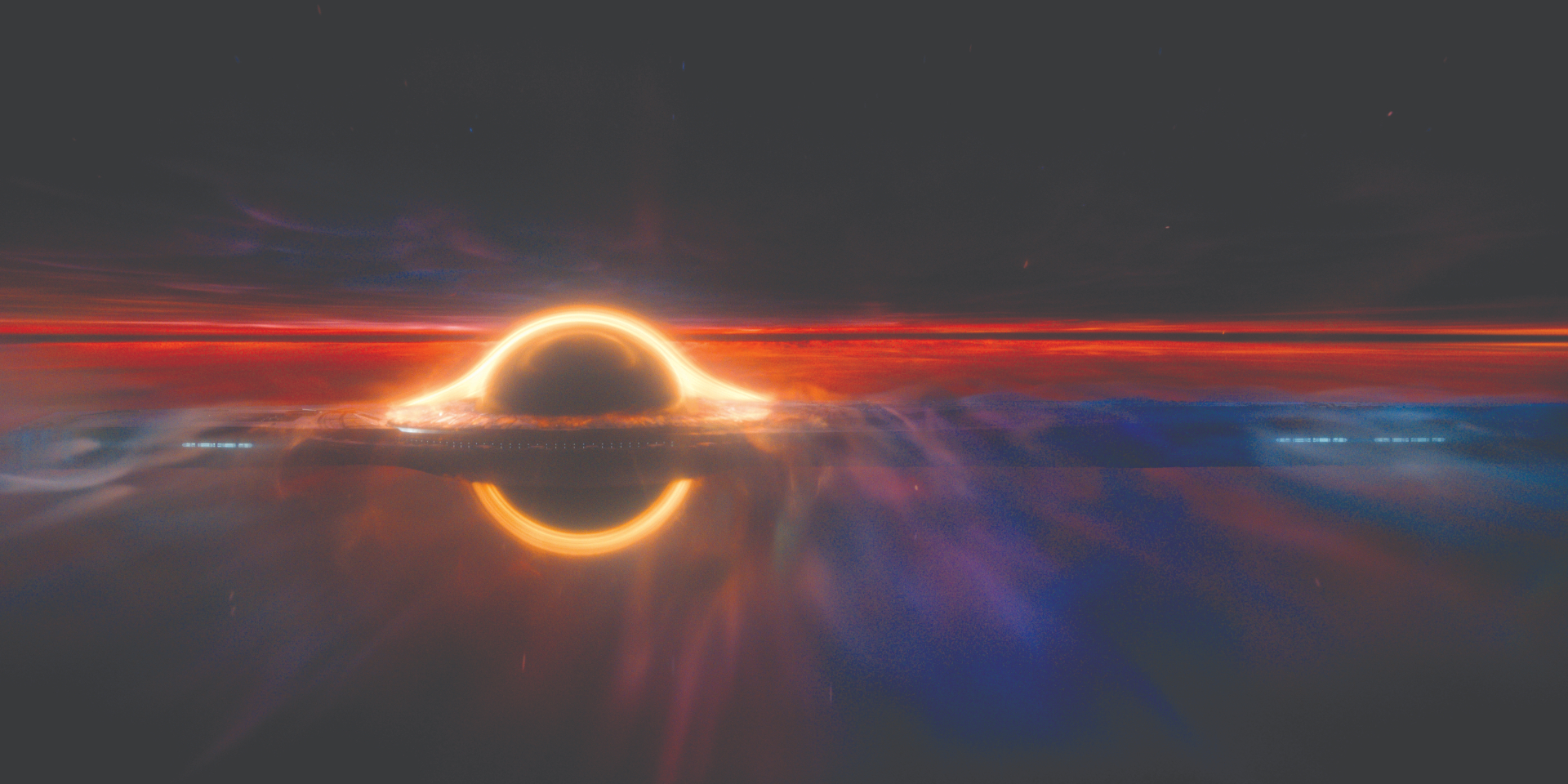
When it came to visualising faster than light space travel, DNEG had to be cinematic while maintaining a sense of scientific authenticity. "We wanted to create something that had all of the natural phenomenon that people would recognise," states Chris Keller, VFX supervisor, DNEG. "The logic behind the FTL ship and the Invictus later is that they create an extremely high energy field in the centre that collapses into a singularity. It's like a mini black hole that folds space time into this trippy looking smoke trail. We made it a dreamy, almost psychological effect. Whenever the spaceships appear we’re already at the destination and this bubble opens up and the ship pops out. The ship drags along with it some of that smoke and spark elements which we did using wire wool."
Many different simulations were required to produce the singularity effect. "You have particles and fluid simulations interacting with each other and evolving into something else," remarks Giovanni Casadei, DFX supervisor, DNEG. "Our main challenge was to define the different components and make it look like a cohesive effect. We had subdivided effects and with a lot of help from compositing we tied them together."
Using volumetrics in space is effective but not easy to achieve cinematically. "Sometimes we would do wedge tests where we would take a diorama scene with all of the different objects, and we would take a light and spin it around until we found the most pleasing angle," notes Steven Moor, CG supervisor, DNEG. "You have to put a suggestion of a lens flare on the edge of the frame and that's how you can sell the idea that the shot is backlit by the sun out of frame."
World building
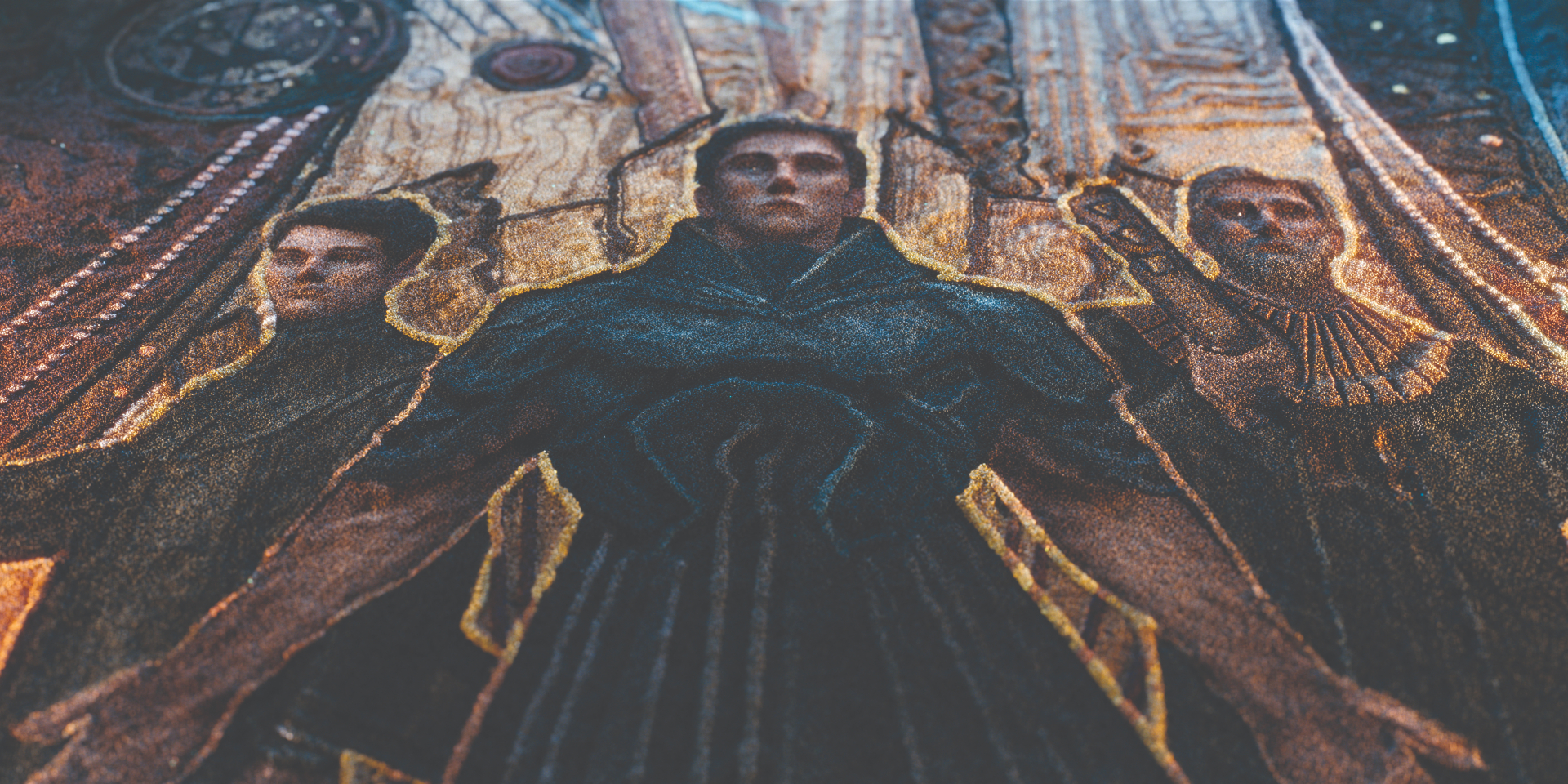
Displaying the history of the Empire in the Imperial Palace is the Mural of Souls, which is made of moving colour pigments. "We tried an interesting approach which was putting a bunch of acrylic ink in a pan, using Ferrofluid and running a magnet underneath it; that was filmed at a high speed which gave us a cool look, but it would have been impractical to have the mural wet all of the time," notes MacLean.
"Then we came up with the samsara where the Tibetan monks make mandala out of sand and wipe it away. We said, 'What if we take that and turn it up to 11. Take the magnets from the Ferrofluid and have the sand be magnetic.' The magnetic sand stays on the wall, twirls and makes these crazy images."
Simulations were placed on top of the physical mural created by the art department. "There was depth given to the various key features on the mural so depending on what was actually there, there was a custom particle layout, motion paths and noise fields," explains Enriquez. "It was a lot of back-and-forth testing, and once we got it to work, the effect went throughout the entire shot. Kudos to Mackevision for getting that going."
This article was originally published in 3D World, the world's best-selling magazine for CG artists. Subscribe to 3D World.
Read more:
- Foundation: How Apple design influenced the hit TV series
- The animation secrets of Pixar's Luca
- How to deliver originality in VFX

Thank you for reading 5 articles this month* Join now for unlimited access
Enjoy your first month for just £1 / $1 / €1
*Read 5 free articles per month without a subscription

Join now for unlimited access
Try first month for just £1 / $1 / €1
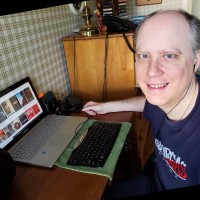
Trevor Hogg is a freelance video editor and journalist, who has written for a number of titles including 3D World, VFX Voice, Animation Magazine and British Cinematographer. An expert in visual effects, he regularly goes behind the scenes of the latest Hollywood blockbusters to reveal how they are put together.
